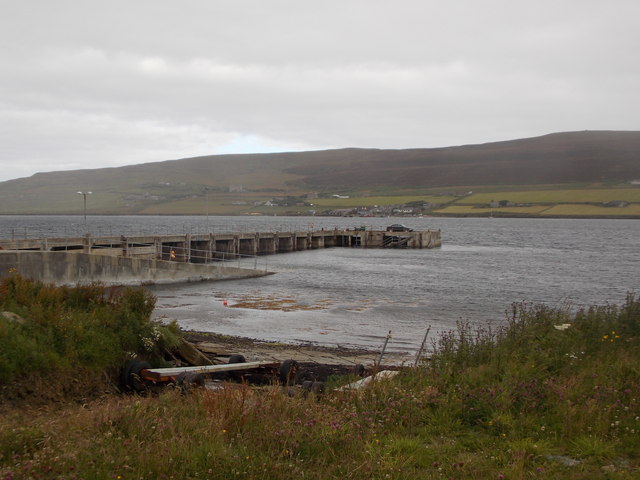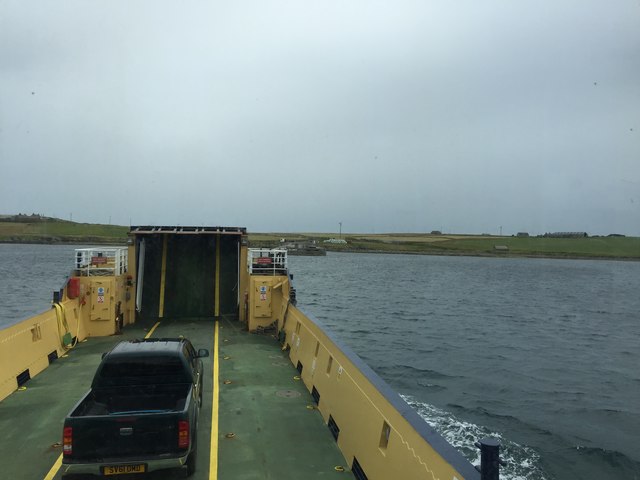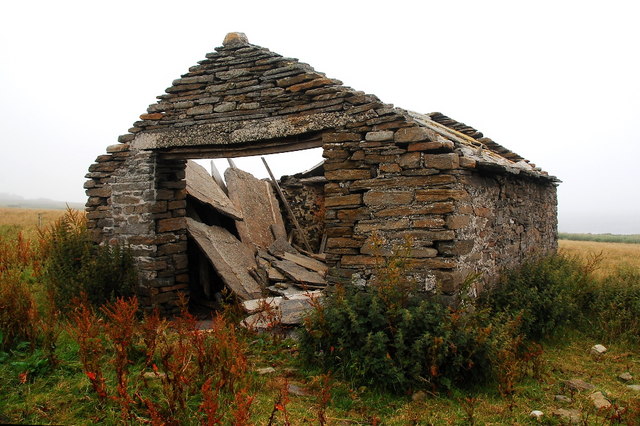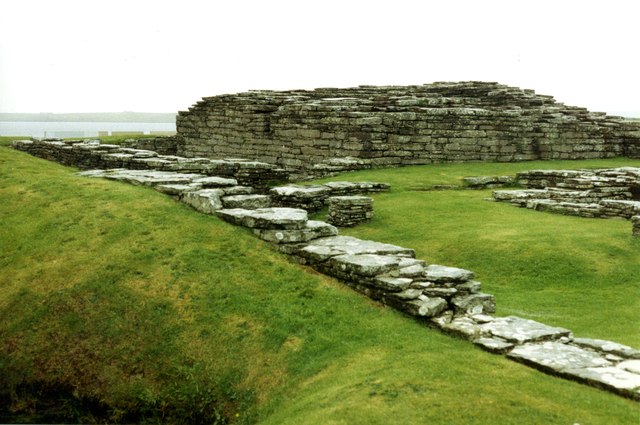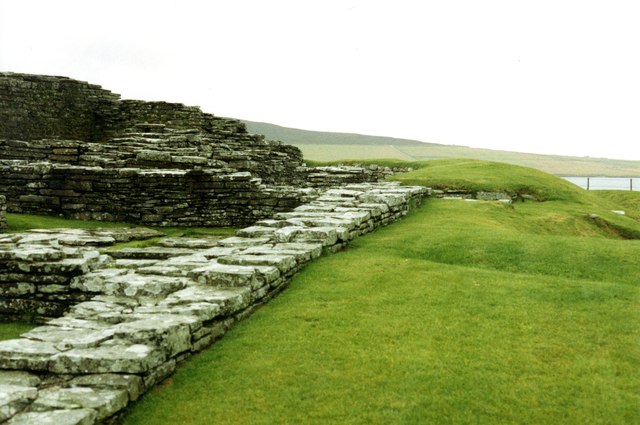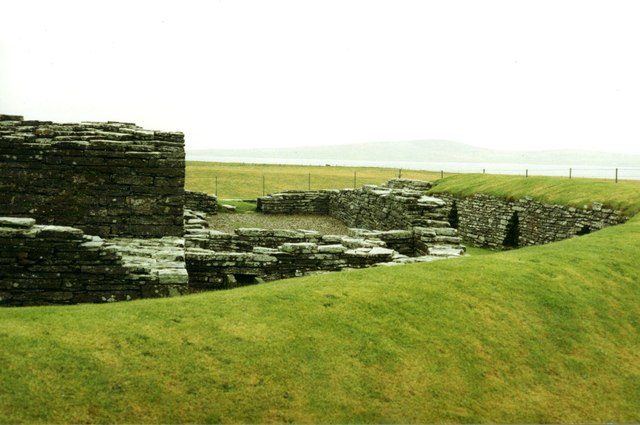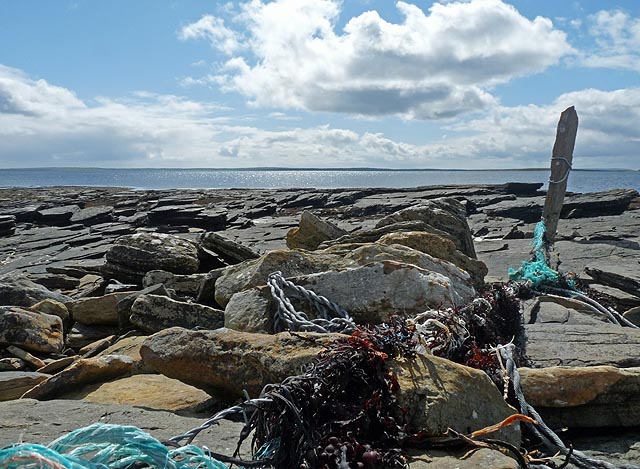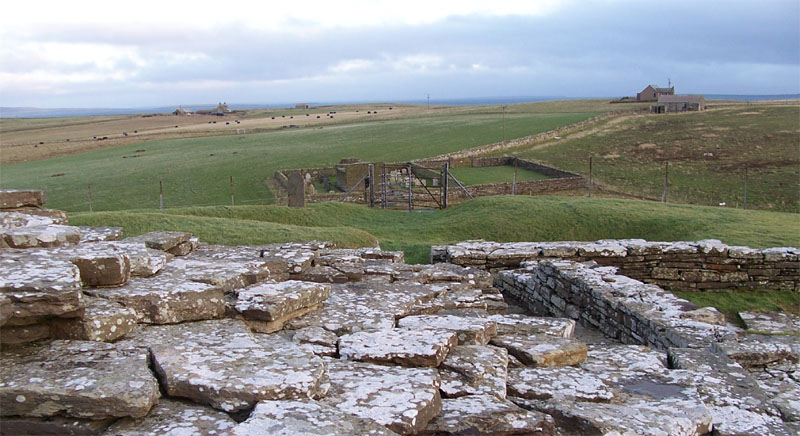Bay of Stromnesstaing
Bay in Orkney
Scotland
Bay of Stromnesstaing
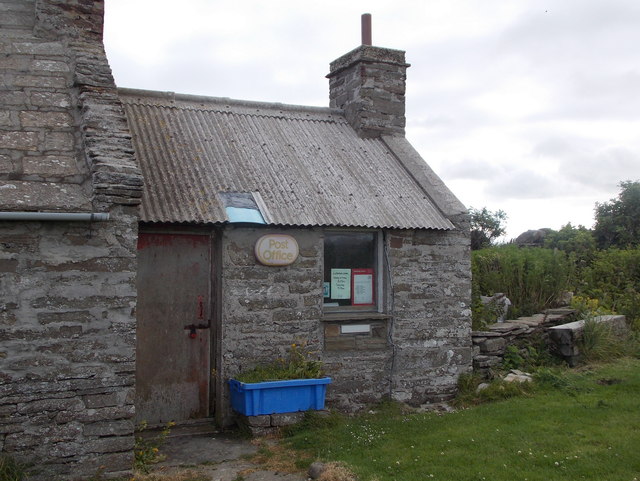
The Bay of Stromnesstaing, located in the Orkney Islands of Scotland, is a picturesque and historically significant bay. Situated on the northeastern coast of the island of South Ronaldsay, the bay stretches for approximately 1.5 kilometers and is surrounded by rugged cliffs and rolling hills.
The bay is known for its stunning natural beauty, with its crystal-clear turquoise waters contrasting against the dramatic landscape. The sandy beach that lines the bay is a popular spot for locals and visitors alike, offering opportunities for sunbathing, picnicking, and leisurely walks along the shore.
In addition to its aesthetic appeal, the Bay of Stromnesstaing holds historical significance. The remains of an Iron Age broch, a circular stone tower once used for defensive purposes, can be found on a small island within the bay. This ancient structure provides insight into the island's early inhabitants and their way of life.
The bay is also a prime location for wildlife enthusiasts, with various bird species frequenting the area. Seabird colonies, including puffins and guillemots, can often be spotted nesting on the cliffs surrounding the bay. Additionally, seals and dolphins have been known to visit the bay, providing further opportunities for wildlife observation.
Overall, the Bay of Stromnesstaing offers a combination of natural beauty, historical significance, and wildlife diversity, making it a must-visit destination for those exploring the Orkney Islands.
If you have any feedback on the listing, please let us know in the comments section below.
Bay of Stromnesstaing Images
Images are sourced within 2km of 59.111475/-2.9646373 or Grid Reference HY4425. Thanks to Geograph Open Source API. All images are credited.

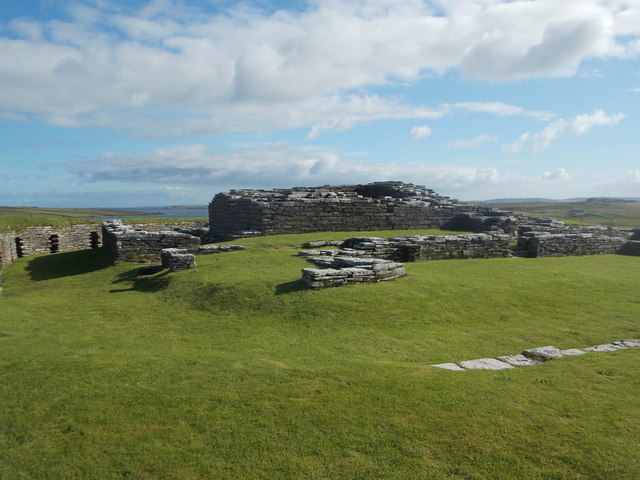
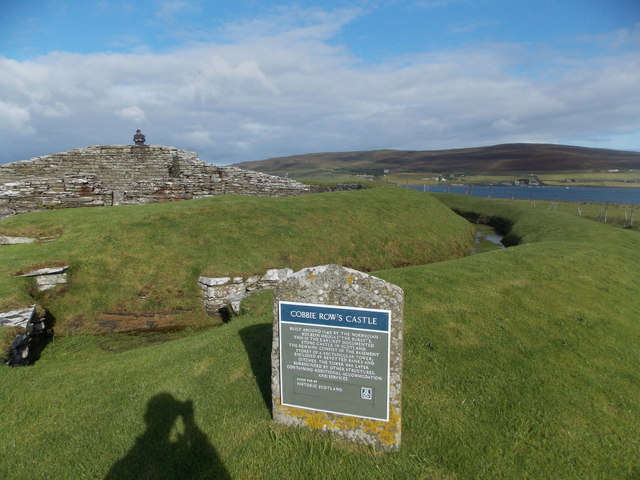
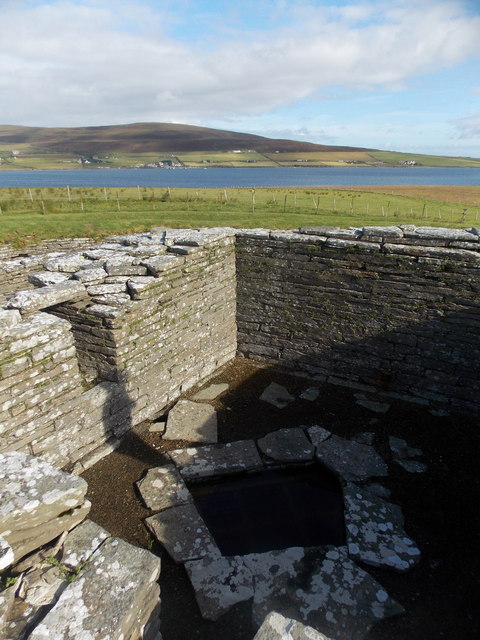
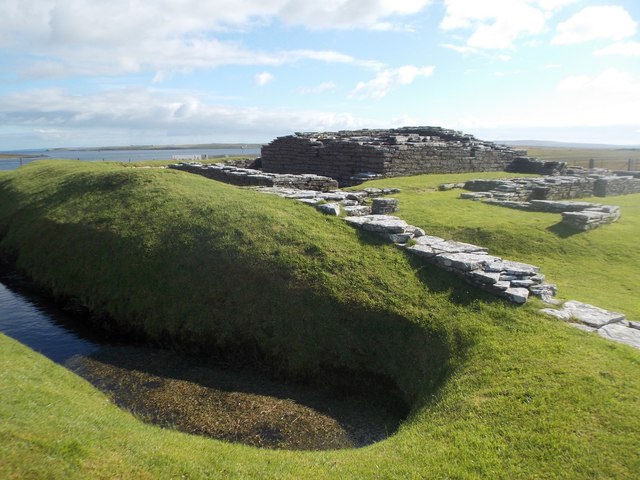

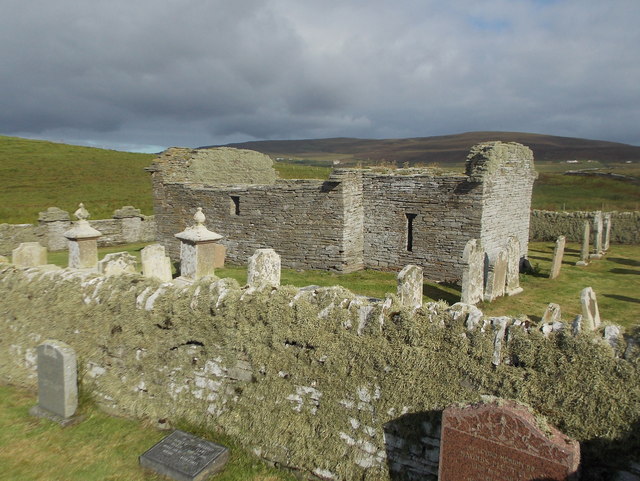
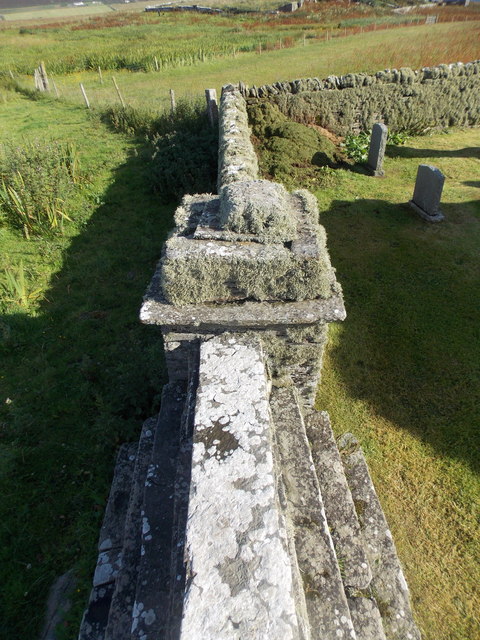
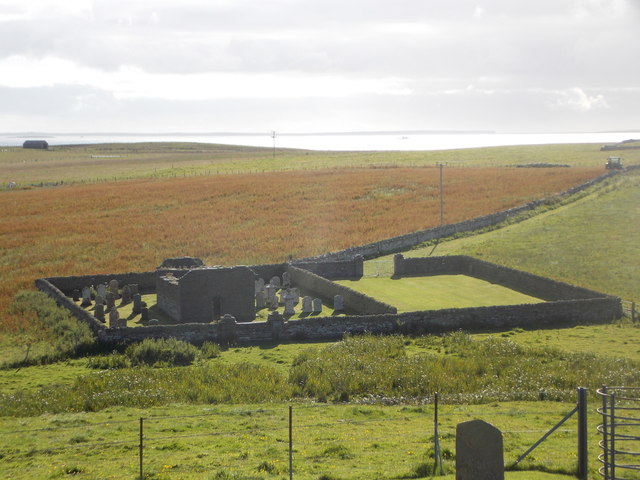
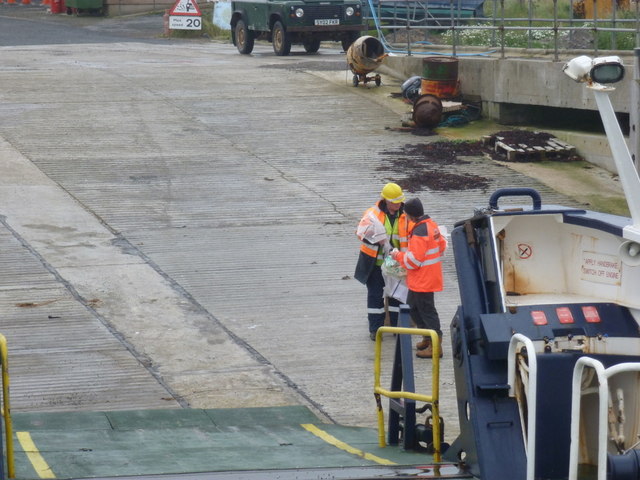
Bay of Stromnesstaing is located at Grid Ref: HY4425 (Lat: 59.111475, Lng: -2.9646373)
Unitary Authority: Orkney Islands
Police Authority: Highlands and Islands
What 3 Words
///dined.classmate.jotting. Near Brinian, Orkney Islands
Nearby Locations
Related Wikis
Wyre, Orkney
Wyre (historically known as Viera and Veira) is one of the Orkney Islands, lying south-east of Rousay. It is 311 hectares (1.20 sq mi) and 32 metres (105...
St. Mary's Chapel, Wyre
St. Mary's Chapel is a ruined 12th century chapel found on the island of Wyre, in Orkney, Scotland. It is thought to have been built by a Norse chieftain...
Cobbie Row's Castle
Cobbie Row's (or Cubbie Roo's) Castle is the oldest medieval castle known to exist in Scotland. The castle ruins are located on the island of Wyre in Orkney...
Sweyn Holm
Note: There is also a "Sweyn Holm" off St Ninian's Isle, Shetland Sweyn Holm is a small island in the Orkney Islands, next to Gairsay. It is thought to...
Brinian
Brinian is a village on the island of Rousay, in Orkney, Scotland. Trumland is situated to the west of the village, with Taversöe Tuick nearby. Brinian...
Trumland
Trumland is a Category B listed house and associated estate on Rousay, in Orkney, Scotland, built in its present form in the 1870s. Designed by David...
Gairsay
Gairsay (Old Norse: Gáreksey) is a small island in Orkney, Scotland, located in the parish of Rendall, 1.5 miles (2.4 km) off the coast, astride one of...
Taversöe Tuick
Taversöe Tuick (or Taversoe Tuick) is a Neolithic burial cairn on Rousay, Orkney, Scotland, thought to date from between 4000 and 2500 BCE. The monument...
Have you been to Bay of Stromnesstaing?
Leave your review of Bay of Stromnesstaing below (or comments, questions and feedback).
